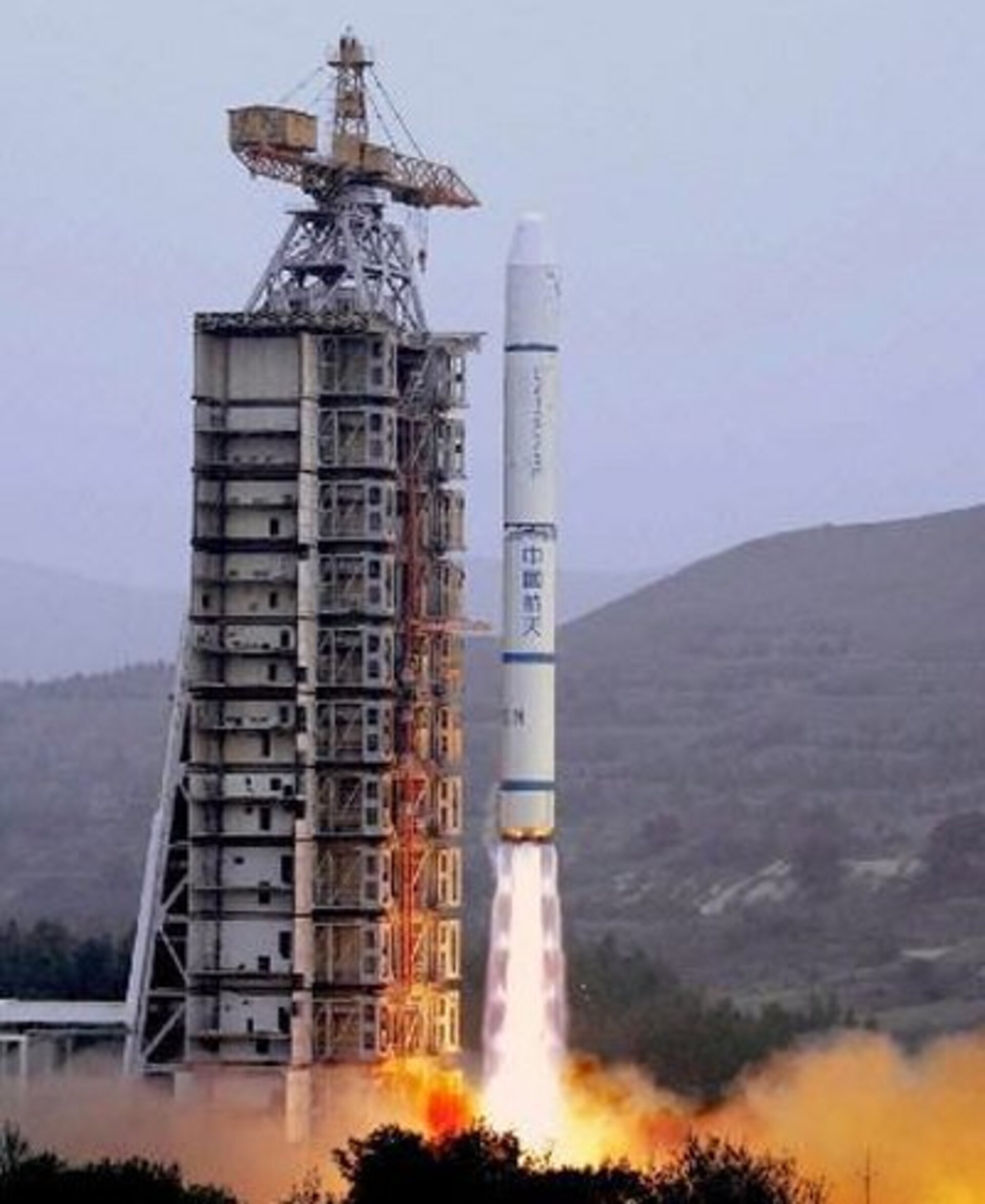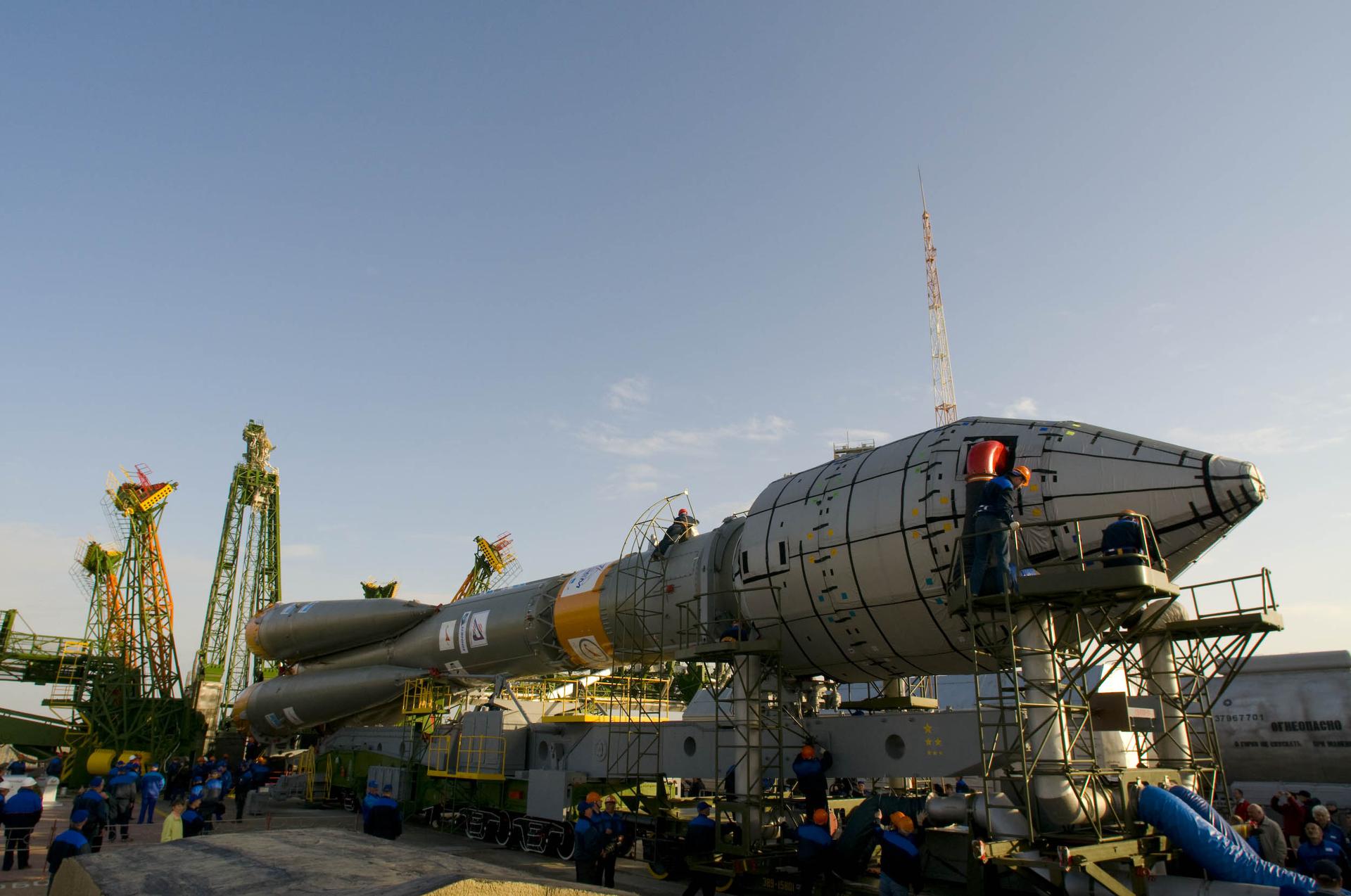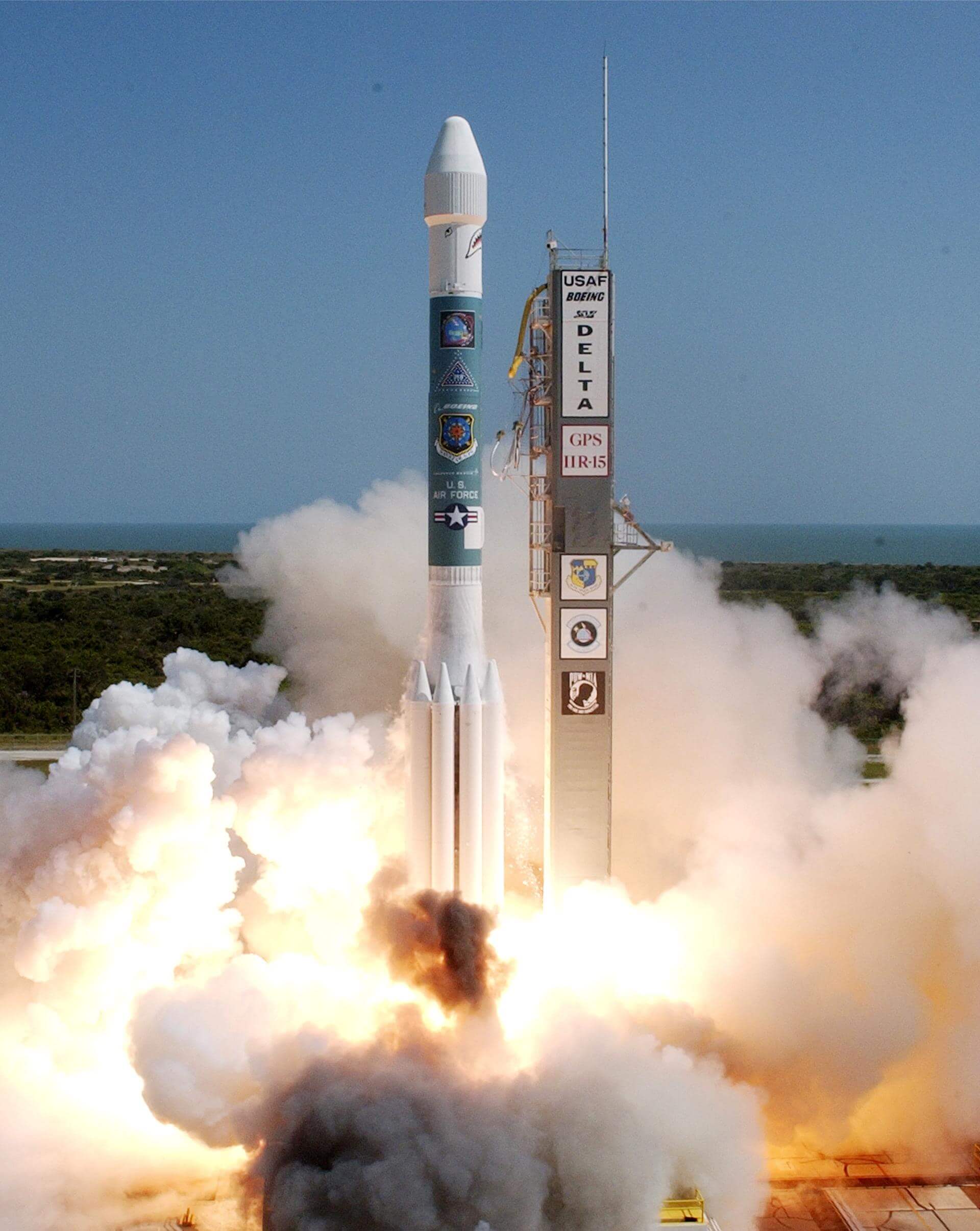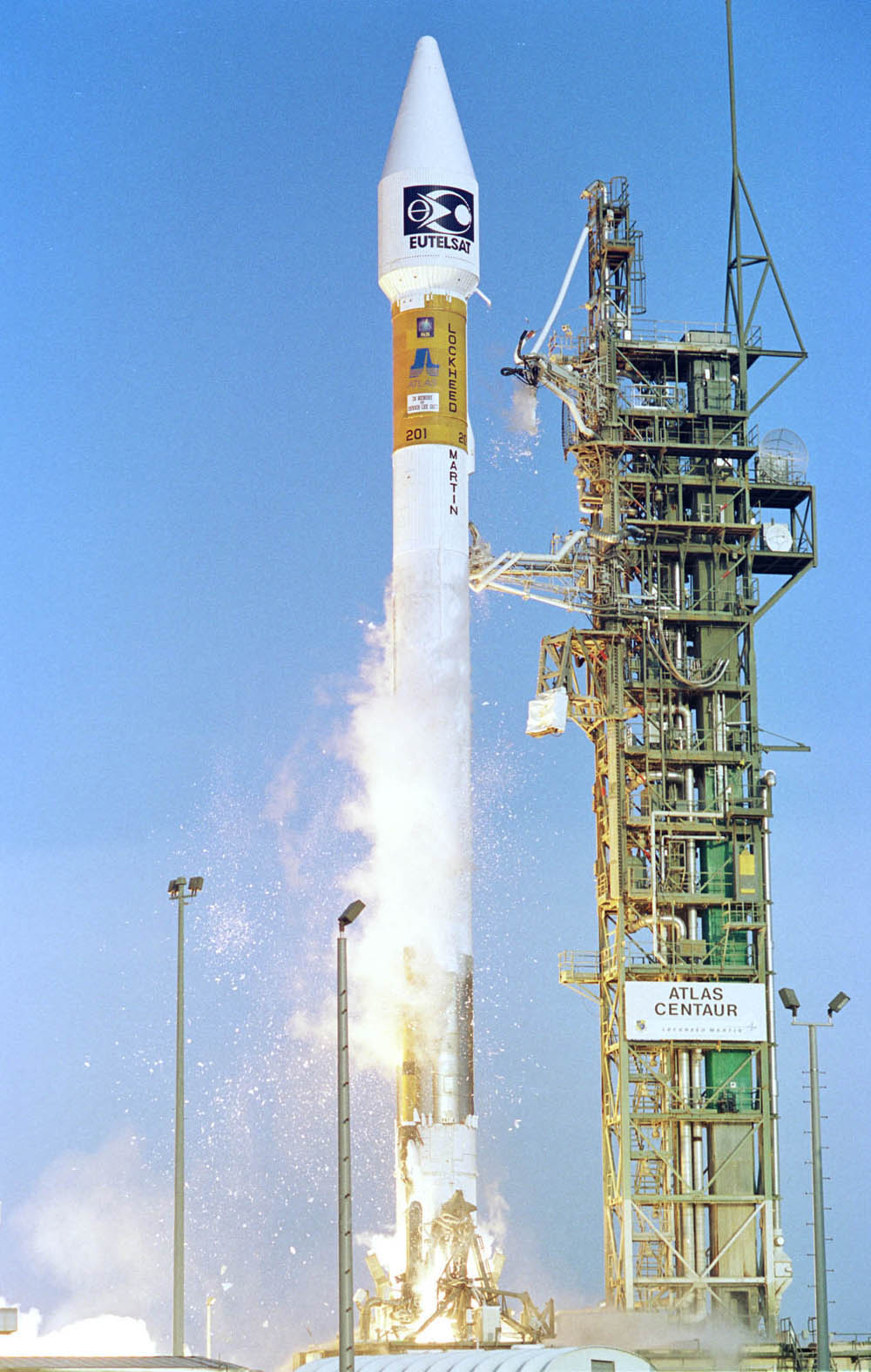Previous Spaceflight Launches
Filter by Agency, Locations or Vehicles
Show All LaunchesSoyuz U | Progress M1-11
Russian Federal Space Agency (ROSCOSMOS) | RussiaBaikonur Cosmodrome, Republic of Kazakhstan
Jan. 29, 2004, 11:58 a.m.
Zenit | Estrela do Sul 1
Sea Launch | RussiaSea Launch
Jan. 11, 2004, 4:12 a.m.
Long March 2C/SM | Tan Ce 1
China Aerospace Science and Technology Corporation | ChinaXichang Satellite Launch Center, People's Republic of China
Dec. 29, 2003, 7:06 p.m.
Status: Launch Successful
Mission:
The Double Star spacecraft, called also Tan Ce (TC) which in Chinese means ‘Probe‘, is a joint Chinese and ESA mission to study the effect of the Sun on the Earth's environment. The polar spacecraft (TC-2) will monitor the energy input from the solar wind into the polar ionosphere. The equatorial spacecraft (TC-1) will investigate the so-called substorm process, when it is in the Earth's magnetotail, and the entry of solar particle on the front side of the magnetosphere.
Elliptical OrbitProton-K/DM-2M | Ekspress AM-22
Khrunichev State Research and Production Space Center | RussiaBaikonur Cosmodrome, Republic of Kazakhstan
Dec. 28, 2003, 11 p.m.
Soyuz-FG | Amos 2
Progress Rocket Space Center | RussiaBaikonur Cosmodrome, Republic of Kazakhstan
Dec. 27, 2003, 9:30 p.m.
Delta II | GPS IIR-10
United Launch Alliance | United States of AmericaCape Canaveral SFS, FL, USA
Dec. 21, 2003, 8:05 a.m.
Atlas | UHF F/O F11
Lockheed Martin | United States of AmericaCape Canaveral SFS, FL, USA
Dec. 18, 2003, 2:30 a.m.
Proton-K/Briz-M | Uragan 83, 84 & Uragan-M 2
Khrunichev State Research and Production Space Center | RussiaBaikonur Cosmodrome, Republic of Kazakhstan
Dec. 10, 2003, 5:42 p.m.
Strela | Gruzomaket
Khrunichev State Research and Production Space Center | RussiaBaikonur Cosmodrome, Republic of Kazakhstan
Dec. 5, 2003, 6 a.m.
Atlas IIAS | NROL-18
Lockheed Martin | United States of AmericaVandenberg SFB, CA, USA
Dec. 2, 2003, 10:04 a.m.









